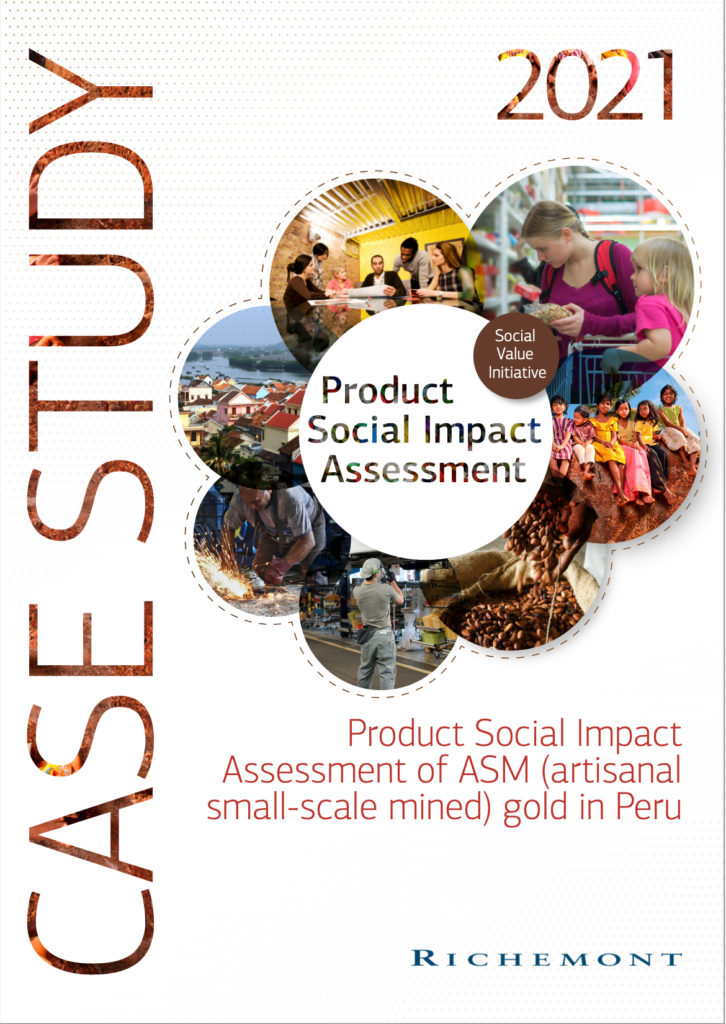The Case studies provide the evidence that the Handbook supplies real and pragmatic guidance

Case studies
Our partners only invest in this Handbook if it provides tangible and insightful results, to find this out, our partners made many case studies on real products. This was in the first place insightful for the company, but also gave us valuable insights to further improve the Handbook, the underlying methodology and data collection procedures.
A handbook can only be useful if tested, and a test is only useful if the experiences are used to further improve the methodology. This continuous improvement has been the mindset since 2013.
Initially the Handbook had two types of metrics, a qualitative and a quantitative approach. After the third iteration we dropped the quantitative approach because (1) data collection turned out to be too difficult (e.g., suppliers do not tell you about forced labour in the company they source from and (2) we do not understand how to interpret or report the number of people in forced labour). Therefore, in the qualitative approach we focus on the efforts and the tangible results at suppliers to eliminate forced labour.
Having several generations of case studies implies that some cases are based on previous versions of the Handbook.
Cases used while developing the approach for Small Scale Entrepreneurs:

Small but Complex describes two cases on Smallholder Farmers. This master project formed the basis for adding the Small Scale Entrepreneurs stakeholder category and became an important source of inspiration for the development of the 2018 update of the Handbook. One of the cases is described in a video.
Cases based on the 2014 and 2016 quantitative approach:
Initially the Handbook had two types of metrics, a qualitative and a quantitative approach. After the third iteration (2016) we dropped the quantitative approach because (1) data collection turned out to be too difficult (e.g., suppliers do not tell you about forced labour in the company they source from and (2) we do not understand how to interpret or report the number of people in forced labour).The Cases Studies below mention some of these problems.














